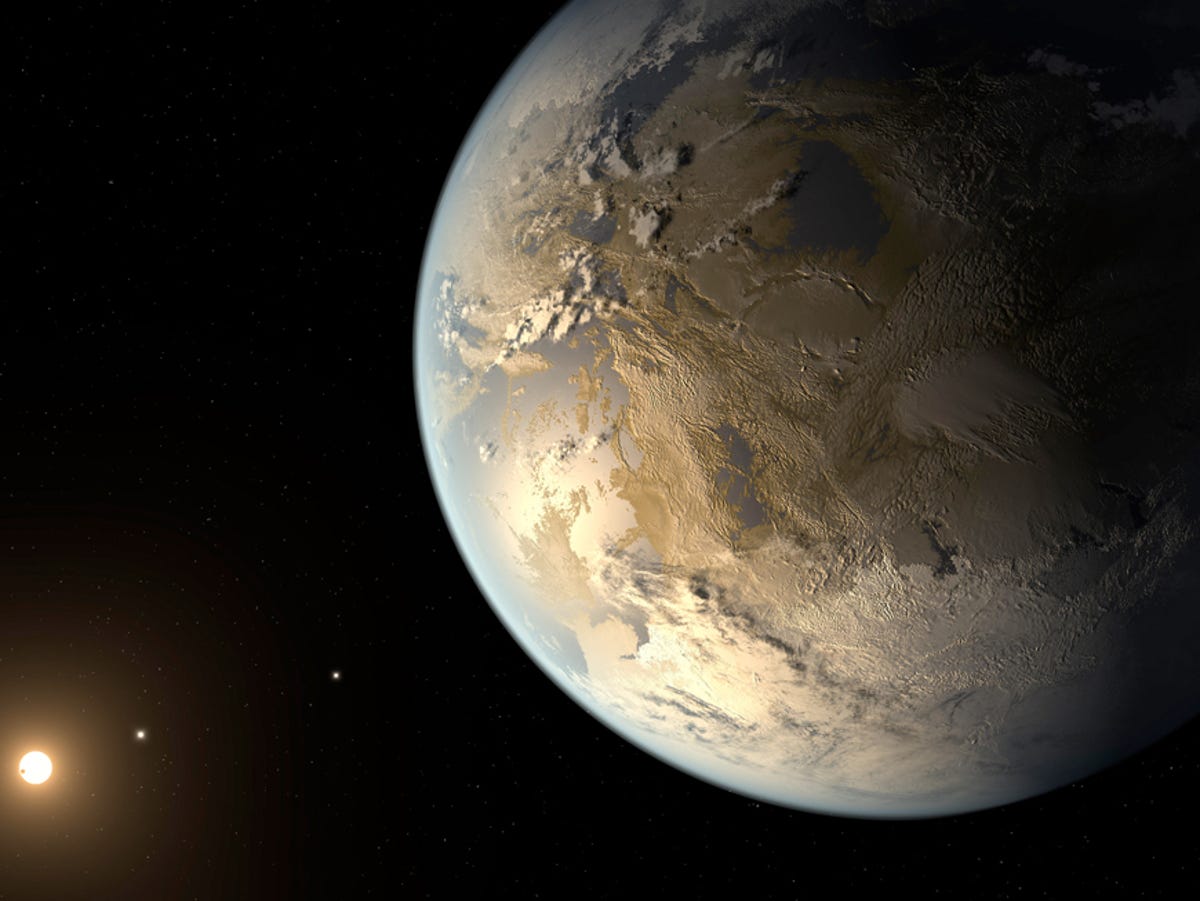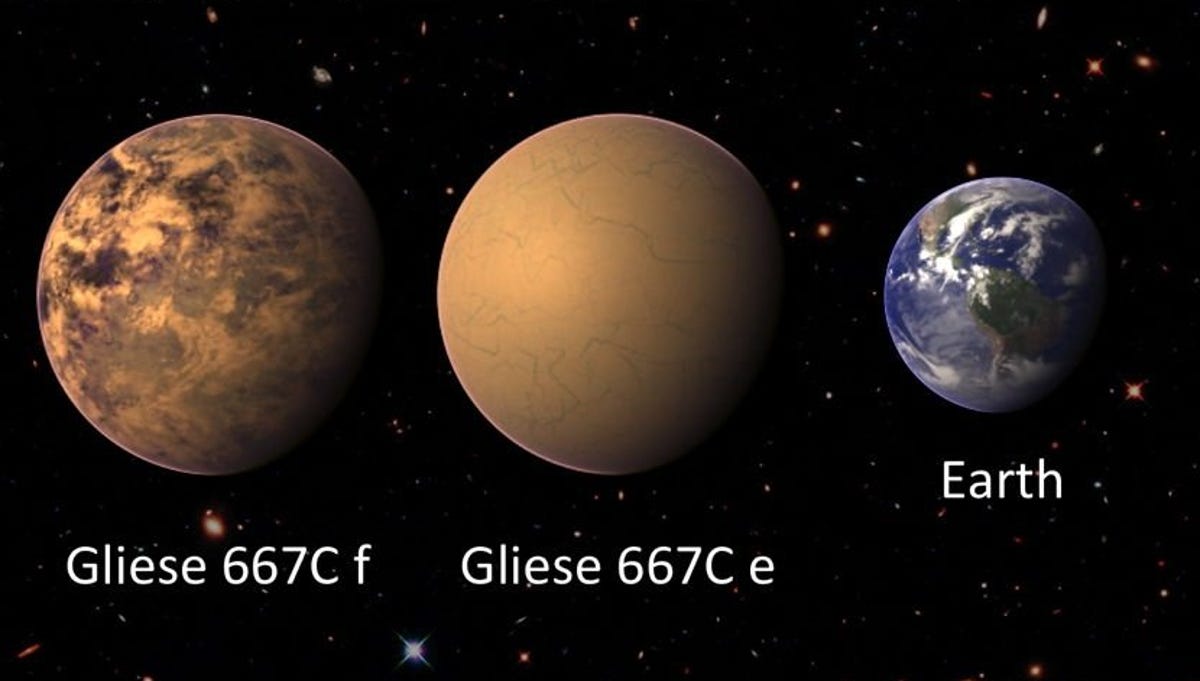The 7 confirmed exoplanets most likely to host life (pictures)
Humanity's most advanced telescopes have begun to confirm distant planets circling their stars within the habitable zone. Use a conservative definition of what makes a potentially habitable planet, and these 7 exoplanets still make the grade.

Kepler-186f
In April 2014, the existence of Kepler-186f, an Earth-like planet in the habitable zone of its star that may have liquid water on its surface, was confirmed. It's one of seven exoplanets that that the Planetary Habitability Laboratory lists as most likely to be of rocky composition with the right temperatures for liquid water. Keep clicking through the gallery to see more from Kepler-186f and the six other exoplanets.
See related article: Tour the distant planets most likely (so far) to support life
Earth's chilly cousin?
Kepler-186f orbits an M-class dwarf star and receives only about a third of the energy from its sun that Earth receives from our own star. If conditions are right and liquid water exists there, it could look like the above conception, a slightly more chilly version of Earth with shallow oceans.
See related article: Tour the distant planets most likely (so far) to support life
A distant sunset
The Planetary Habitability Laboratory of the University of Puerto Rico at Arecibo created this excellent comparison of a gorgeous Caribbean sunset as it appears on Earth, and how a similar spot might look if it were relocated to Kepler-186f at dusk.
See related article: Tour the distant planets most likely (so far) to support life
Kepler-283c
Kepler-283c was discovered as part of a huge data dump from Kepler earlier this year that included over 700 newly confirmed exoplanets. It is about twice the size of Earth and orbits much closer to its home star, which is 1,743 light years from Earth.
See related article: Tour the distant planets most likely (so far) to support life

Gliese 667C e and f
Some of the strangest exoplanets can be found in the habitable zone of Gliese 667C , which is one of three suns in the triple-star Gliese 667 system. This probably makes for some interesting skyscapes from planets Gliese-667Ce and Gliese-667Cf, the two most likely planets in the system to harbor water (a third planet nearby is also in the habitable zone, but with slightly less favorable conditions for life.)
See related article: Tour the distant planets most likely (so far) to support life
HD 40307g
The composition of the surface of planet HD 40307g is not yet known, but that could soon change. At only 42 light years away, we could be able to take a close look at this super-Earth with the next generation of telescopes.
See related article: Tour the distant planets most likely (so far) to support life
Kepler-62f
The star Kepler 62 has three planets in its habitable zone, and Kepler-62f is the one closest in size to Earth and most likely to have a rocky composition. Call your intergalactic realtor today.
See related article: Tour the distant planets most likely (so far) to support life
Gliese 581d
Gliese 581d is practically around the galactic corner at just 20 light years away, however it might have a thick carbon dioxide atmosphere that could make it inhospitable. But scientists also believe it could be rocky with liquid water. Import a rain forest and perhaps we can work with what's here.
See related article: Tour the distant planets most likely (so far) to support life

